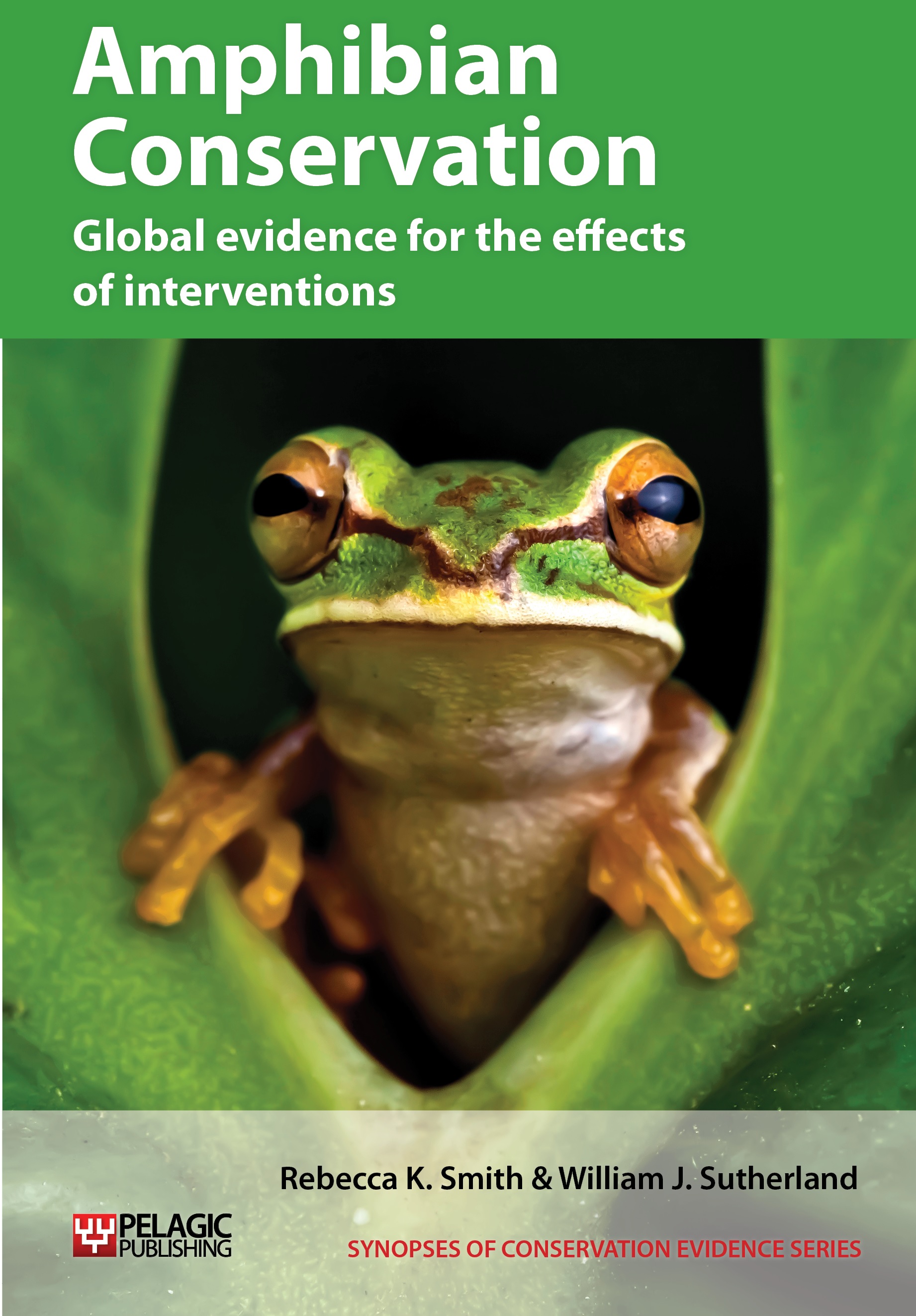Remove or control mammals
-
Overall effectiveness category Likely to be beneficial
-
Number of studies: 3
View assessment score
Hide assessment score
How is the evidence assessed?
-
Effectiveness
50% -
Certainty
40% -
Harms
0%
Study locations
Supporting evidence from individual studies
A study in 1990–1993 of endangered Hamilton's frog Leiopelma hamiltoni on Stephens Island, New Zealand (Brown 1994) found that at least seven of 12 translocated frogs survived the first year within a predator-proof exclosure. The seven frogs were recaptured 27 times by June 1993. There was no control and so the frogs may have survived without the exclosure. In May 1992, frogs were translocated 40 m to a new habitat (a rock-filled pit 72 m2) created in May-October 1991 in a nearby forest remnant. A predator-proof fence was built around the new habitat to exclude tuatara Sphenodon punctatus and the area was ‘seeded’ with invertebrate prey. Frogs were surveyed regularly from November 1990 to May 1992 (90 visits).
Study and other actions testedA controlled study in 2002–2009 at two stream catchments within secondary forest in the Waitakere Ranges, New Zealand (Nájero-Hilman et al. 2009) found that control of invasive rats had no significant effect on the abundance of Hochstetter’s frog Leiopelma hochstetteri. In 2008–2009, abundance was 5–7/20 m in the treatment area compared to 4–6/20 m in the non-treatment area. Snout–vent lengths were also similar (treatment: 9–45 mm; non-treatment: 11–45 mm). The rat abundance index decreased from eight in 2002 to three in 2009. Abundance in the non-treatment area was 73. Poison bait was placed at 50 m intervals along lines spaced 100 m apart over the entire 200 ha treatment area. These were restocked with 125 g of brodifacoum in spring and autumn. Rats were monitored at seven locations using 60 tracking tunnels in the treatment area and three locations using 20 tunnels in the non-treatment area. Frogs were sampled on two 20 m transects along five small streams/site in summer 2008–2009.
Study and other actions testedA controlled study in 2006–2009 of translocated Maud Island frogs Leiopelma pakeka in Zealandia, New Zealand (Bell, Bishop & Germano 2010) found that survival was significantly higher in a predator-proof enclosure than in the wild. Survival in the enclosure was 93%. In the wild, numbers observed declined significantly, where house mice Mus musculus and little spotted kiwis Apteryx owenii were known predators. In the enclosure, two males bred successfully in 2008. Sixty frogs were translocated from Maud Island and placed in a 2 x 4 m predator-proof mesh enclosure in 2006. In April 2007, 29 were retained in the enclosure and 28 released into the adjacent forest.
Study and other actions tested
Where has this evidence come from?
List of journals searched by synopsis
All the journals searched for all synopses
This Action forms part of the Action Synopsis:
Amphibian Conservation
Amphibian Conservation - Published 2014
Amphibian Synopsis





)_2023.JPG)














